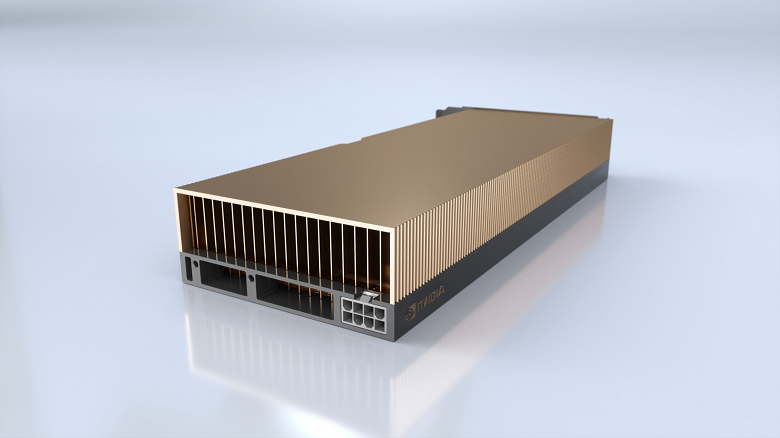NVIDIA Introduces DLSS 2.1: Supports 8K, VR And Dynamic Resolution
A few days ago DLSS 2.1 appeared in the Wolfenstein: Youngblood database for the Steam platform. And during a recent Q&A session on Reddit, NVIDIA officially unveiled this new version of DLSS. Indeed: DLSS 2.1 exists and the company has shared the first details about this technology.










